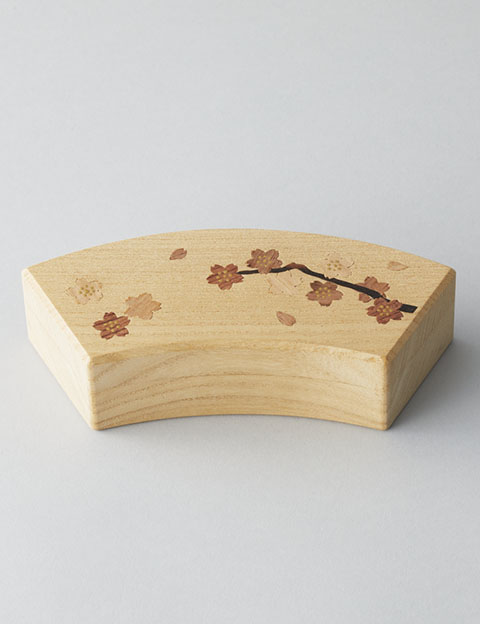KYO Sashimono (Joinery)

Although Kyoto joinery dates back to the Heian era (794-1185), specialist cabinet makers did not appear until the Muromachi era (1392-1573), when the tea ceremony began to rise in popularity. In addition to a range of the finest traditional household furniture made of solid wood, many turned wood and bentwood items as well as products made from boards are fashioned from various woods, including paulownia, Japanese cedar, mulberry and zelkova.
Paulownia wood is commonly used because it is both moisture- and heat-resistant, making it an ideal material for household storage. Great care is taken to prepare the wood, ensuring that it is well seasoned and that impurities have been removed. In addition to tea ceremony items, finely crafted chests of drawers, wardrobes and china display shelves are also produced.
Feature
Kyoto joinery is said to find its highest expression in objects made of paulownia wood. Because it is highly resistant to heat and humidity, paulownia wood products have become synonymous with high-quality furniture. When using paulownia wood in Kyoto joinery, the base is given special attention by removing impurities and drying for an extended period.
How to make
A key feature of Kyoto joinery is the special finish of the wooden base that brings out the natural beauty of the woodgrain. The finishing process involves sanding, wax-wiping, colored wax-wiping and applying an extremely thin layer of raw lacquer. Decorations include maki-e sprinkled gold dust designs, urushi-e lacquering, brilliantly colorful dami-e designs, gold leaf, gold and silver paint, gold and silver dust and more.

